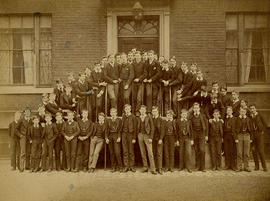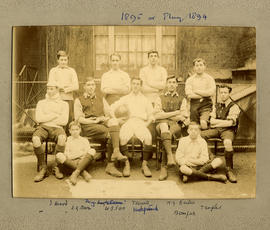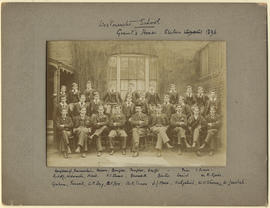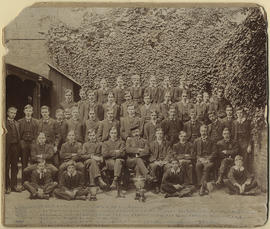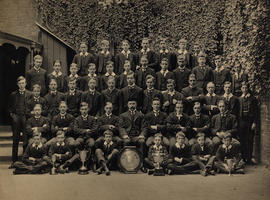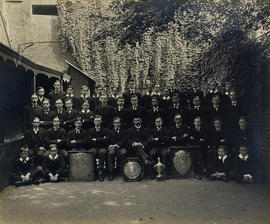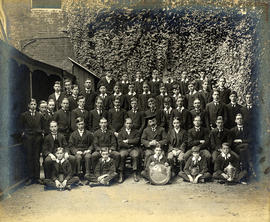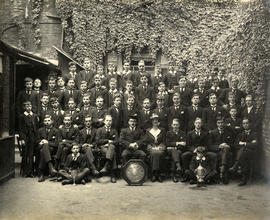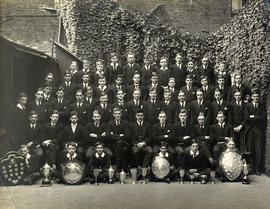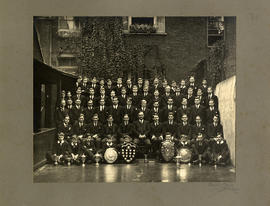Identity area
Reference code
Title
Date(s)
Level of description
Extent and medium
Context area
Name of creator
Administrative history
Grant's was opened as an independent boarding house by Mrs Margaret Grant, or Mother Grant I, in 1749, when keeping boarders was one of the few respectable occupations for middle-class women. The house continued under the Grants’ management until Mrs Dixon, the last of the family, sold the building to the then housemaster, Charles Alfred Jones in 1868. As well as income from the sale of the house, Mrs Dixon also had a share of the profits of Dixon's antibilious pills, the world-famous 'pill to cure all ills'.
Many traditions survive at Westminster, but one that has been discontinued at Grant’s is the custom that saw new boarders ‘walk the mantelpiece’ in Hall. Lawrence Tanner, a pupil who kept a thorough diary of his time at Westminster, records his own experience of walking the mantelpiece here.
Grantites of particular interest include Lord John Russell (1792-1878), a Whig and Liberal Prime Minister and keen reformist; Charles Longley (1794-1868), Archbishop of Canterbury; Edgar Adrian (1899- 1977), winner of the Nobel Prize for Physiology; the actor John Gielgud (1904-2000) and Dominic Grieve MP (1956-).

